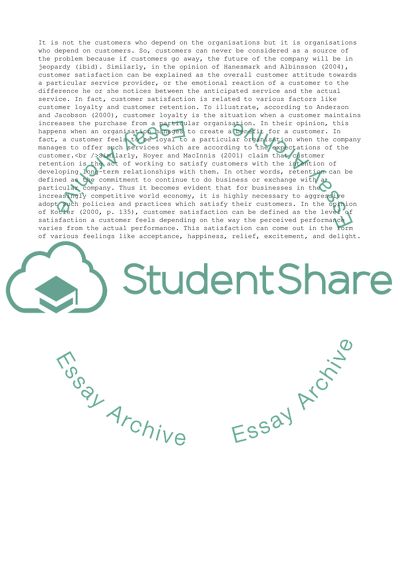Cite this document
(Customer Insight for Competitive Advantage Coursework - 2, n.d.)
Customer Insight for Competitive Advantage Coursework - 2. https://studentshare.org/management/1787933-customer-insight-for-competitive-advantage
Customer Insight for Competitive Advantage Coursework - 2. https://studentshare.org/management/1787933-customer-insight-for-competitive-advantage
(Customer Insight for Competitive Advantage Coursework - 2)
Customer Insight for Competitive Advantage Coursework - 2. https://studentshare.org/management/1787933-customer-insight-for-competitive-advantage.
Customer Insight for Competitive Advantage Coursework - 2. https://studentshare.org/management/1787933-customer-insight-for-competitive-advantage.
“Customer Insight for Competitive Advantage Coursework - 2”. https://studentshare.org/management/1787933-customer-insight-for-competitive-advantage.


